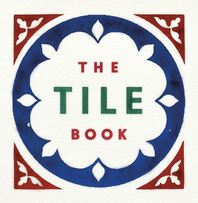I am excited to kick off 2024 with the third and (maybe) final part of this multi-part series: Mineral Surfacing – the New Frontier. Although each release in this series builds on the previous, they can be “consumed” in any order. The totality of information provided tells a grand story so be sure to have read all three parts to fully digest the messaging.
Expanding on the strategic inclusion angle started in Part II (December 2023), when we speak of installing product in applications and environments best suited for their attributes, using mineral surfacing in most any exterior application is a marvelous fit. That said, one specific application of exceptional fit would be outdoor horizontal countertops. Most designers labor extensively over material selection for this application. The following lists some examples of dynamics that raise significant concern and necessarily limit viable exterior horizontal surfacing options:
- UV light and color degradation
- Acid rain damaging/etching the surfaces
- Thermal cycling and the effects of expansion and contraction
- Hygiene issues stemming from fauna-related bacteria and porosity
- Staining from pollen, leaves, atmospheric residue
- Rain, humidity and moisture in general: (hydrolysis, warping)
Until now that is. Large-format mineral surfacing is likely the best overall option for such applications – and afforded so by the sintering process. A dear friend, producer and designer extraordinaire Laurie March, asked my opinion about surfacing options for a new outdoor kitchen she was designing as part of a major home remodel. We discussed quartz, marble, tile and solid surface; however, after listening carefully as to what she desired for and from thatoutdoor design, the choice became quite simple, Mineral surfacing was the best option. Shown above and here are a couple of photos of her design and outdoor countertops.
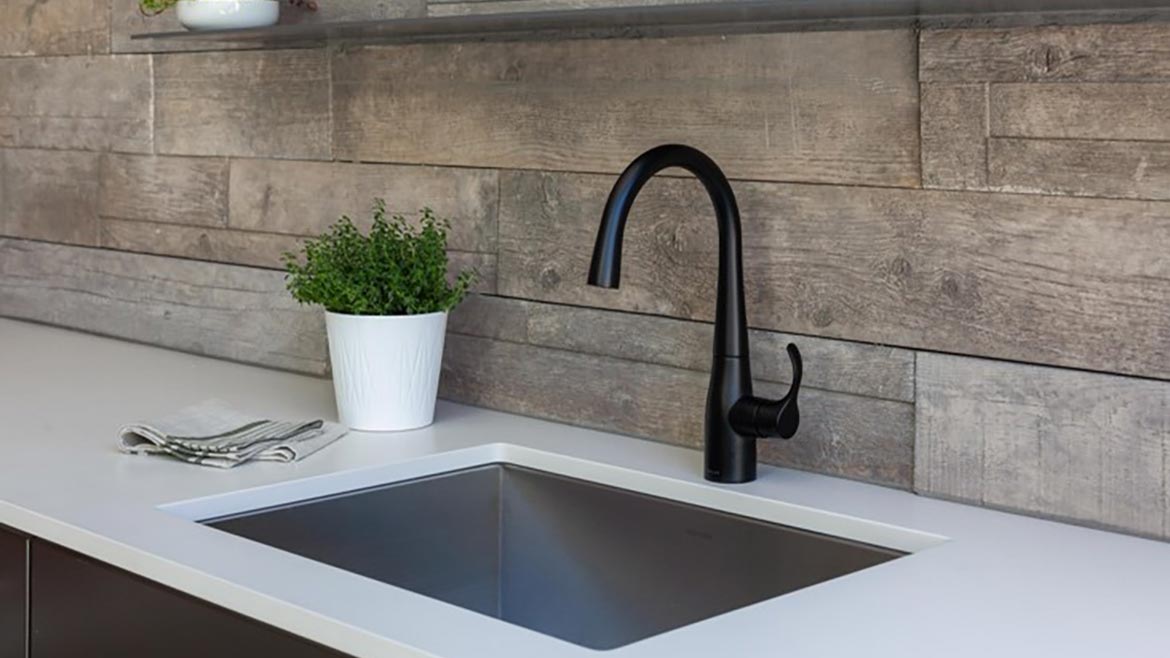
Located on the hot and sunny West Coast, March’s home now boasts 2cm Lapitec™, in a highly functional yet extremely elegant outdoor kitchen, poolside. Only partially covered, this area is fully exposed to all the elements listed above. March’s desire for something: durable, won’t fade, with a more modern look, simple but elegant aesthetic, no grout lines, low maintenance (no need for sealing) and that would endure the exterior elements, essentially defined the material she needed -- mineral surfacing.
With mineral surfacing decided, it then came down to color and finish, gauge, accessibility and brand support; all of which, she reports, Lapitec provided handily. As of this writing, the counters have been installed just over three years now and March proudly shared with me they look as clean and vibrant as the day they were installed. A very satisfied customer. Bingo! While March may have come to appreciate and tout the brand of Lapitec as a result, I suspect her appreciation for the mineral surfacing category has soared. This very successful satisfying of the customer’s needs will reflect many fold and help propel the brand, the category and the fabricator (the D & E in D.E.B.I.T – refer to the December 2023 Part II article).
Finally, I wanted to speak of timing and strategic inclusion into a fabricator’s offering. If you are wanting to know more, i.e., best practices, the newest tooling and procedures, etc., visit ISFANOW.ORG and search for the next mineral surfaces training and or use their “contact us” page to inquiry about upcoming trainings. You can also connect with their new executive director, Marissa Bankert at marissa@isfanow.org.
Your comfort level in techniques and best practices will translate to your bottom line. Much has been championed these past few years to de-mystify how best to handle, cut, shape and install mineral surfacing. Understandably, the effects of the marginal inclusion of this product line into your fabrication business mix must be understood from both the operations and marketing levels, and this starts with understanding best practices as well as the symbiosis of different surfacing materials.
Your pricing policies can then derive from there and if you have attended some training, your learning curve will be expedited, potentially allowing for more competitive pricing versus overly covering yourself for a myriad of unknowns, which tend not to support thriving growth of the category in your company.
MAJOR 2023 DEVELOPMENT - DIFFERENTIATION BY DEFINITION
By now, most are aware of the technological and engineering genius of the Breton company. They are the originators and inventors of the engineered stone manufacturing process. Their brilliance has birthed what is one of the most successful engineered surfacing products of all time. With such engineering prowess behind them, Breton also championed a proprietary process to make their brand of mineral surface known as Lapitec.
Perhaps it is no wonder that since they invented the “engineered stone” category and have remained the global leader ever since, that they would want to do the same for, “sintered stone;” a move designed to “separate them from the pack” and protect their investments and IP. In June of 2023, it was announced by the European Commission and European Organization for Technical Assessment, that a formal definition of sintered stone was created. Within document (EAD) 090142-00-0404 states the following:
This is a profound development. By the very nature of Breton’s proprietary process, they were able to have created both a definition and a standard for sintered stone in Europe. While the definition speaks to many things, it is the words, “vacuum vibro-compression” that creates the key element of differentiation.
So why is this important you may ask? What does this have to do with me a fabricator? Simple, these types of events shape the category and the more educated one is regarding processes and wading through the jungle of different nomenclature, the more credible one is and the better one can see product differences which may help them align or distance themselves from a particular product or brand. It also helps a fabricator pair a certain material with their customer, their predominant route to market and/or even their core capabilities.
For example: the thinner digital printing for horizontal use will most often require mitered edges. Be certain you are able to do them and do them well and preferably in a manner that does not unreasonably bottle neck your shop workflow. There are more blades and device/machine options available now than ever before, to facilitate better and faster mitering. Check them all out and see what can integrate into your production flow the best.
The aesthetics that are afforded by the thinner materials with digital printing are generally quite different because this product’s aesthetic aim is to emulate precious natural stones and as authentically as a digital photo can make them. “Treating” the core (coloring or attempting any full/thru body element) of these thinner products is generally not needed as miters will create the look of a continuous aesthetic. Some reasonably typical examples are:
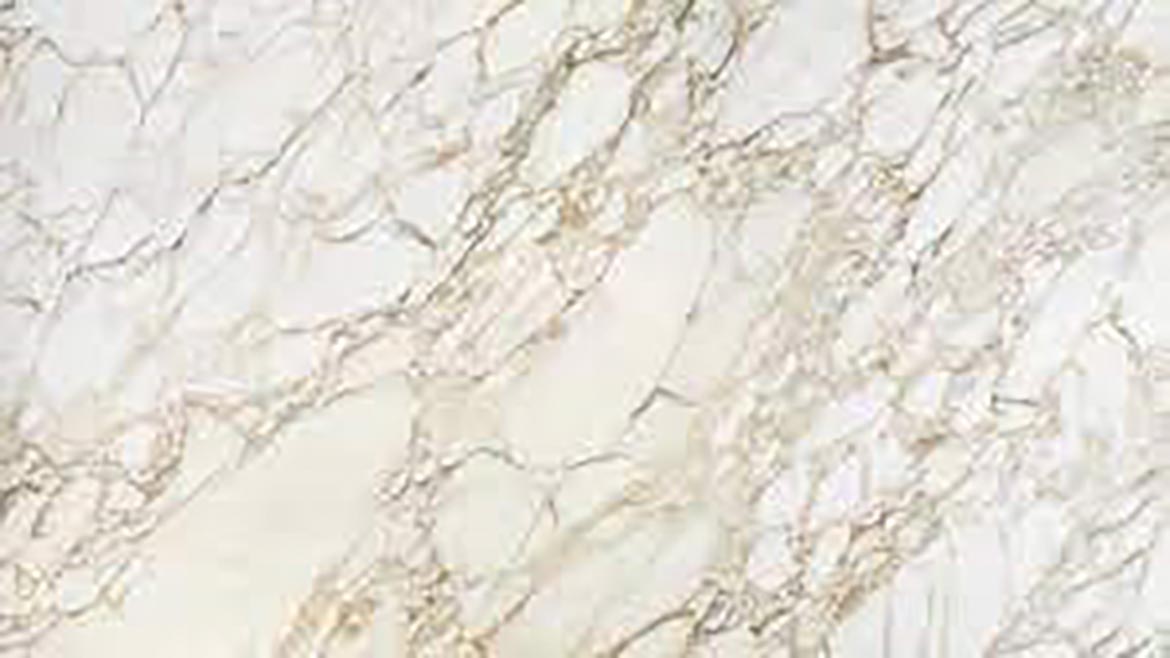
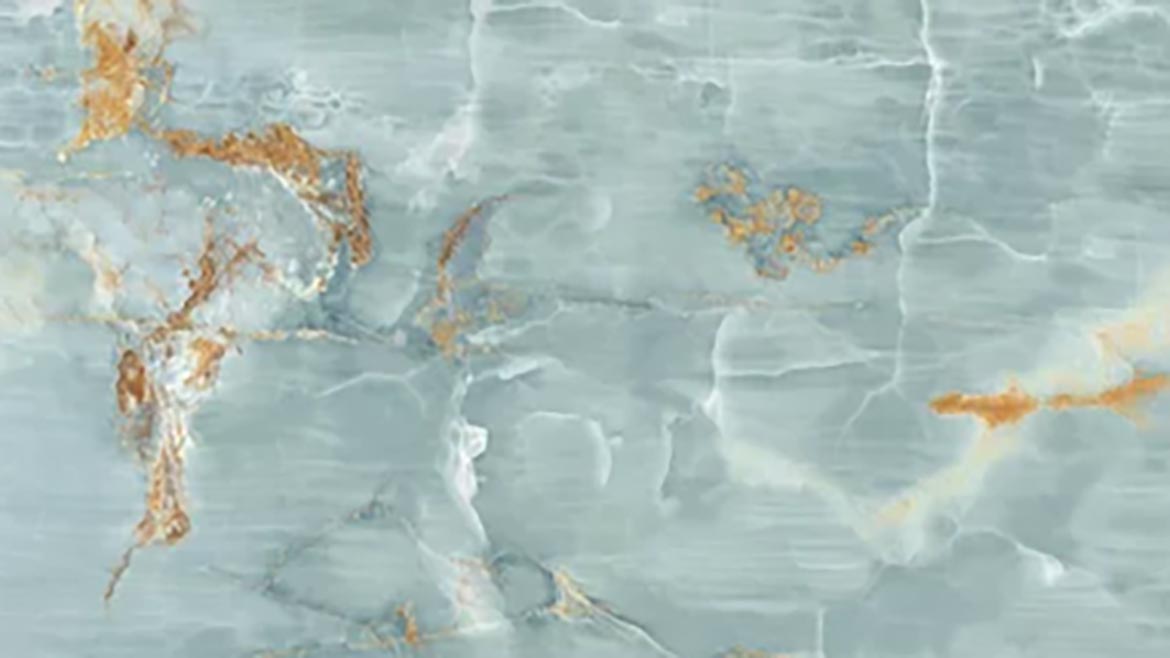
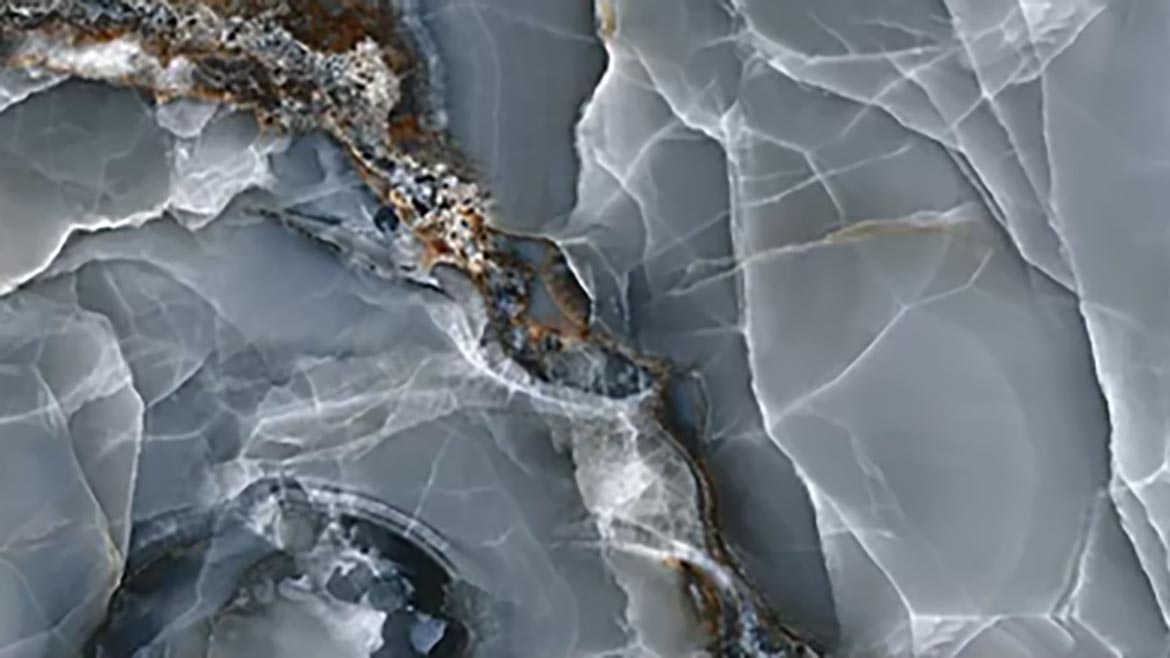
The aesthetics of thicker materials, (Lapitec, Neolith, Dekton), will tend to be more organic in nature; creating a unique surface pattern with various movements and visual textures while typically not using dyes but actual minerals to create colors and color blends. Some typical examples showing the pattern and visual texture differences are:
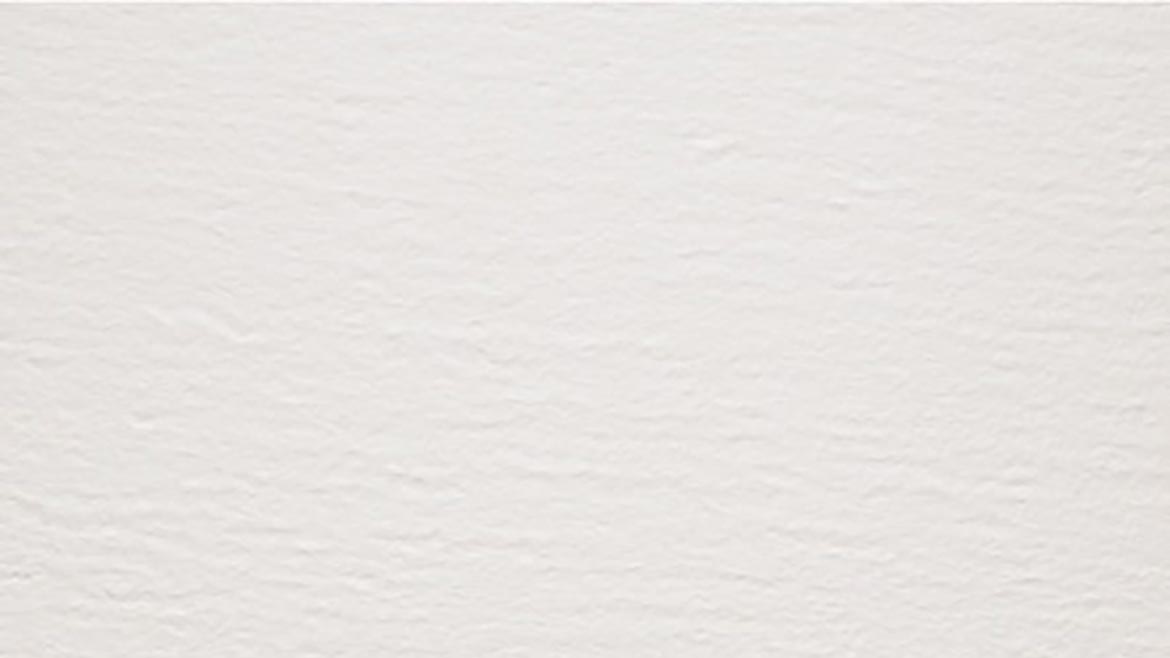
Lapitec Bianco Antico Dune
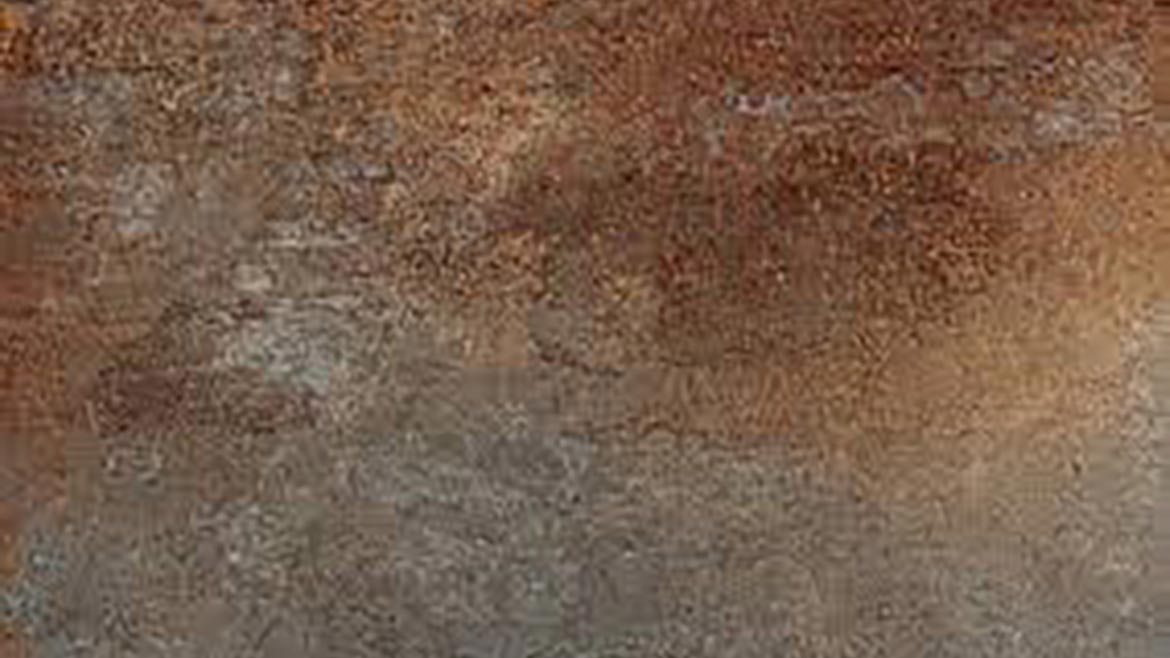
Neolith Iron Ash
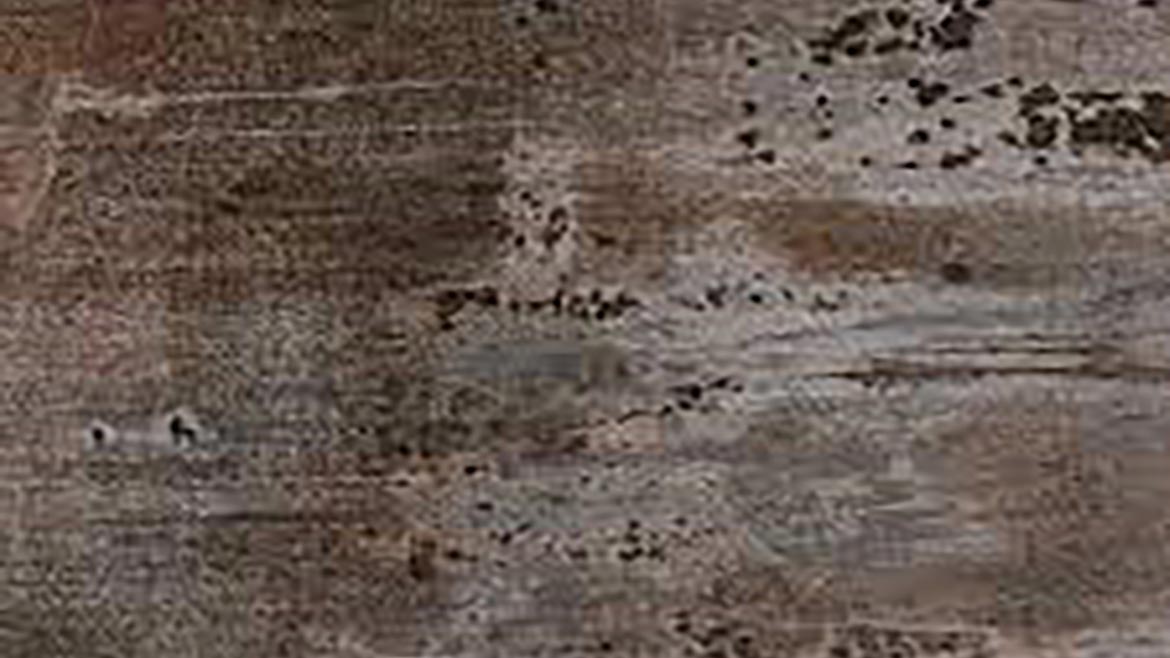
Dekton Trillium
These products will certainly try to address the core of the slab so as to give the appearance of the surface aesthetic going all the way through. More often, these thicker materials will not require mitering and the edge will show, so some treatment both in color and movement will significantly help the look of the finished fabricated product. This through full-body aesthetic treatment is extremely high priority for the 2cm and 3cm manufacturers.
Since the industry is still probing, differentiating and finding what the market tolerances are, you will see some thicker mineral surfaces offer a digital print on the surface. Edging appearance and treatments will need be addressed and those techniques remain ever evolving.
The market will ultimately determine the optimal price/value relationship of mineral surfacing and this normalization process will persist for several years yet. Innovation and competition will constantly reshape the price/value offer and yet, overtime, mineral surfacing will settle into a more narrow ranged equilibrium. I reiterate my belief that this equilibrium stage will likely happen much more quickly relative to solid surface (SS) and engineered stone (ES) and this considers state of the surfacing industry, value prop, proprietary nature of the manufacturing processes and variables related to aesthetics.
What I do see, however, relative to SS and ES, is significantly higher growth and market share capture of mineral surfacing in exterior and vertical cladding markets. Vertical square footage is several times greater than horizontal, and yet, most previous attempts (prior to large-format mineral surfacing) have failed to make s significant and sustainable “grab” of this vertical market – especially, exterior vertical. Mineral surfacing with its overall value proposition is highly poised to proliferate in this arena for many years to come.
BRINGING IT ALL TOGETHER: THE NEW FRONTIER AND WHAT’S IN A NAME
As a result of this standard’s creation in the EU, what remains very helpful in defining the category is that the name sintered stone now has some definite shape and parameters, at least in Europe for now. That said, other manufacturers of similar 2 and 3cm product would still be able to use the term sintered surfacing free and clear. As well, the standard created around the name, sintered stone, does not at all preclude the term mineral surfacing from being used. In fact, it actually surges its need. Recall: Mineral surfacing is a higher dimensional unification; it represents a core process uniquely endemic to a family of products manufactured versus focusing on any one aspect that may be proprietary to a certain brand or manufacturer. Hence, mineral surfacing here in the U.S. serves a highly vital role to bring together, at a very high level, all these products that are made from an earthen mineral mix, without an additive binding agent, and super-heated to >1000c to near-liquefaction.
These sort of developments are fantastic harbingers for category success and proliferation. The time and money invested in R &D, marketing, product and overall development are “mile markers” in an ever progressive unfolding of a highly sustainable category of premium decorative surfacing.
If we are lucky, maybe one time in every decade or two, we may see the addition of a truly viable and sustainable (meaning, everlasting, no “green” reference here) surfacing category. And while ceramics have been around for millennia B.C., it took a substantial amount of market and demographic evolution to not only realize but justify the use of large-format sintered materials in applications far beyond flooring and into countertops and cladding.
Mineral surfacing is not only here to stay, but rapidly becoming a very big business. That said, since “sintering” is a chemical reaction that in and of itself is not patentable as it is defined by the physical laws of nature, other surrounding processes may be added to create proprietary differentiation. The “market” will decide if the differentiation brings value or not. As such, I suspect that the market will get saturated with brands relatively much faster than did the SS or ES markets, and to that end, I suspect we will see more “aggressive” pricing and category maturation relatively much sooner as well.
Mineral surfacing will also get a “boost” in notoriety and growth, as a result of health and legal issues gaining rapid momentum surrounding silicosis and micro-crystalline silica respiration resulting in the “dry conversion” of ES, quartzite natural stone and cement products. Overdue and necessary legislation regarding hazard awareness and fabrications standards/controls are being pushed through as we speak to force rapid change and proper conversion mandates. To what extent the legislation will reach remains uncertain: will the U.S. follow Australia in a national ban of the product or will the focus here in the U.S. be more on setting firmer conversion standards and accountability? I suspect the latter, and it may be that some states take even a more rigid position.
Much is left to be seen, but one that is for sure, there is a wave of change upon us creating another market “shift” in surfacing; classic Darwinism at play. Manufacturers, distributors and fabricators must once again adapt, and I believe the premium decorative surfacing, and more importantly, the fabricators themselves will be much better off (safer) as a result.
Whether you align with early adoption or enter the journey mid-race, mineral surfacing is the real deal and substantial steps have been taken by manufacturers, distributors, machine manufacturers and the tooling companies to make entry into this less precarious. There are many sound business reasons to embrace the category and hop aboard now on training and education, some of which include: company/offering diversification; horizontal growth and incremental profits; leverage into new selling channels; corporate branding and differentiation.
Mineral surfacing absolutely allows for an optimal spatial design with respect to both form and function. I remain bullish on the category overall, yet feel the larger residential and commercial markets needs to better understand the value proposition and then the market will tell us, where best mineral surfacing will eventually predominantly reside. Things are evolving rapidly all over the surfacing industry so stay tuned for more in this and related series.









